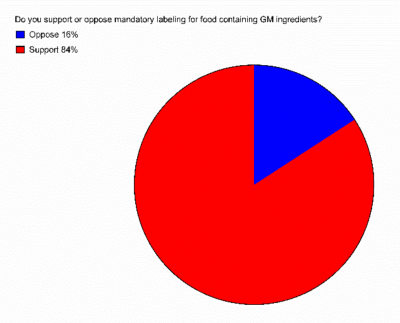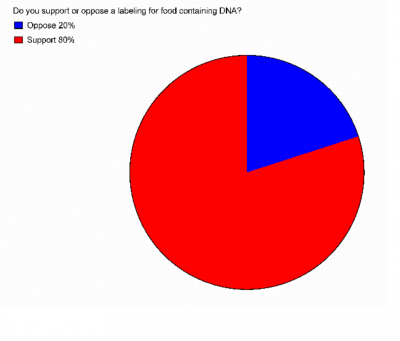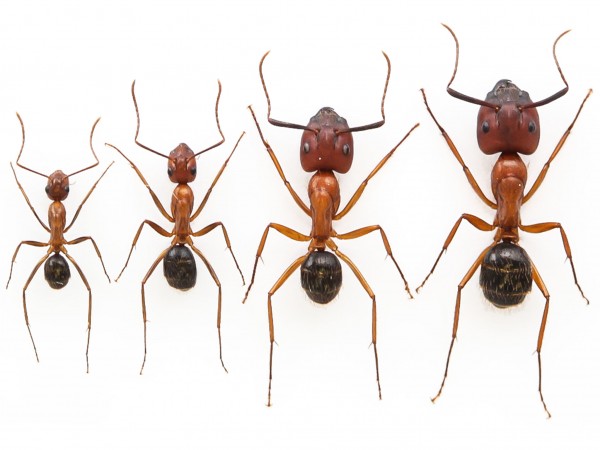At Ace of Spades HQ, Ace explains why a court decision from the 1970s set a very bad precedent for today’s legal and technological world:
Fifty years ago the police had a very limited ability to utilize your fingerprints record to harm you. If you became a suspect in a case — and only in that case — they could painstakingly compare your fingerprints to those found at a crime scene using slow, precious human labor resources.
There were serious practical limits on what could be done with citizen data held in government files. Yes, the government could use that data to put people in jail, but analysis and comparison was a labor intensive process that at least served as a naturally-existing limiting principle on government intrusion: Sure, the government could search your personally-identifying data to connect you with a crime, but, as a practical matter, it was so time-consuming to do so that they generally would not do so, not unless they had a strong suspicion you were actually a culprit.
They wouldn’t just compare every fingerprint on file with every fingerprint found at unsolved crime scenes, after all.
Well, today, they can — and do — actually do that. So there is no longer any practical limitation on the government’s ability to use your DNA to connect you with unknown DNA found at a crime. They can run everyone’s DNA through the database with virtually no effort.
I exaggerate; there is some lab work needed to process the DNA and reduce it to a 13 allele “genetic fingerprint.” Nevertheless, this can all be done fairly inexpensively, and running it through the database once reduced to a short code is very nearly cost-free.
But within the next ten years all of this will become entirely cost-free.
This is why I disagreed with the Supreme Court’s reliance on an old precedent in claiming that the police can take a DNA sample from every single person arrested. Merely arrested, not convicted. They relied on a precedent established at the dawn of investigatory police science, that every arrestee’s fingerprints may be collected and catalogued.
But way ‘back then, there were natural limitations on the State’s power to make use of such data which simply no longer exist. What would have been considered a silly hypothetical sci-fi objection back then — “But what stops the state from merely searching these fingerprints against every fingerprint ever lifted at a crime scene?” — is actual reality now.
The same arguments apply to all police/FBI/NSA mass data collection: cell-phone usage, internet activity, license plate scanning, facial recognition software, and so on. It resets the baseline assumptions of civil society, where the authorities only look for suspects in actual criminal cases, rather than tracking everyone all the time and deducing “criminal” actions without needing to detect the crime. If your first reaction is to think “if you’ve done nothing wrong, you’ve got nothing to fear”, remember that you cannot possibly know all the laws of your country and that statistically speaking, you probably violate one or more laws every day without realizing it (one author suggests it’s actually three felonies per day).
Update: Ayn Rand explained this phenomenon fictionally in Atlas Shrugged.
“Did you really think that we want those laws to be observed?” said Dr. Ferris. “We want them broken. You’d better get it straight that it’s not a bunch of boy scouts you’re up against — then you’ll know that this is not the age of beautiful gestures. We’re after power and we mean it. You fellows were pikers, but we know the real trick, and you’d better get wise to it. There’s no way to rule innocent men. The only power any government has is the power to crack down on criminals. Well, when there aren’t enough criminals, one ‘makes’ them. One declares so many things to be a crime that it becomes impossible for men to live without breaking laws. Who wants a nation of law-abiding citizens? What’s there in that for anyone? But just pass the kind of laws that can neither be observed nor enforced nor objectively interpreted — and you create a nation of law-breakers and then you cash in on the guilt. Now that’s the system, Mr. Rearden, that’s the game, and once you understand it, you’ll be much easier to deal with.”






